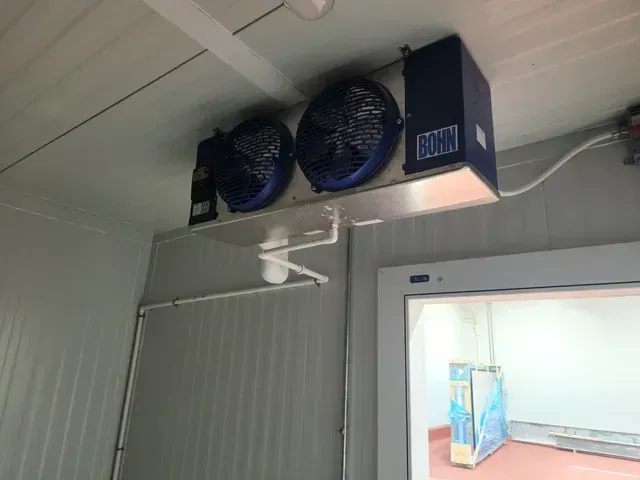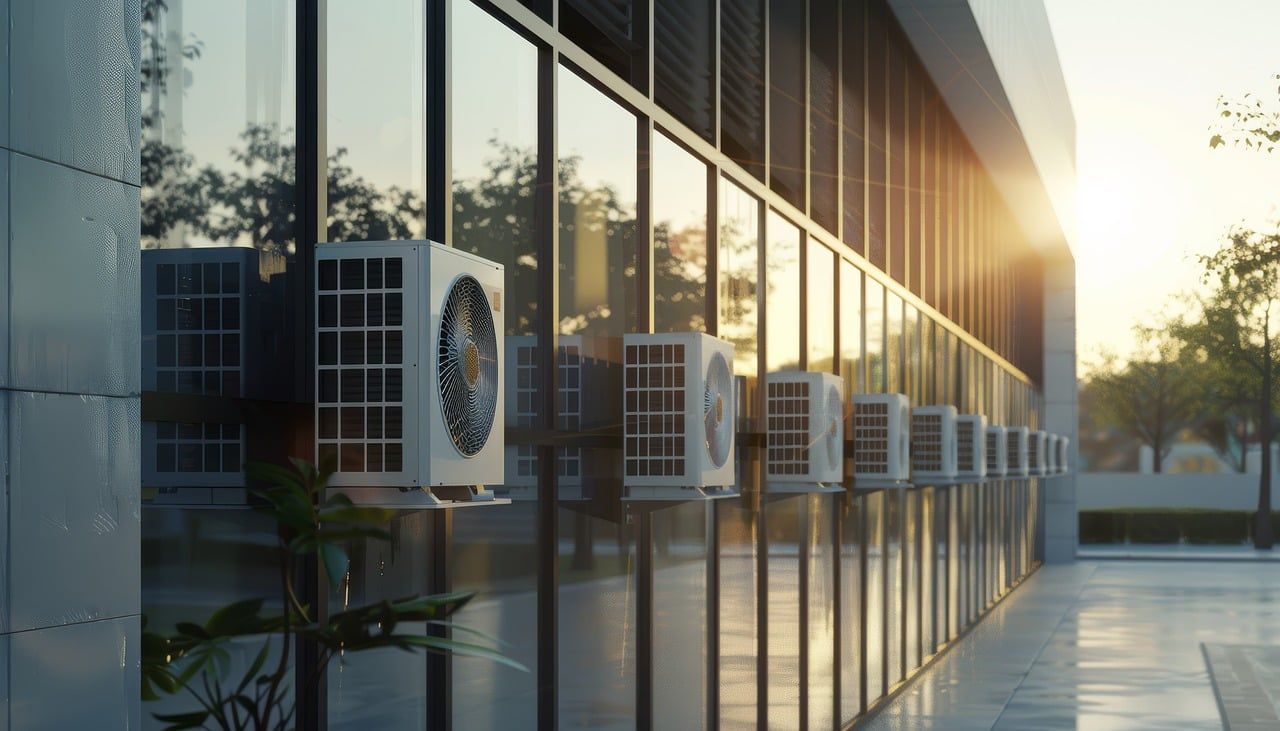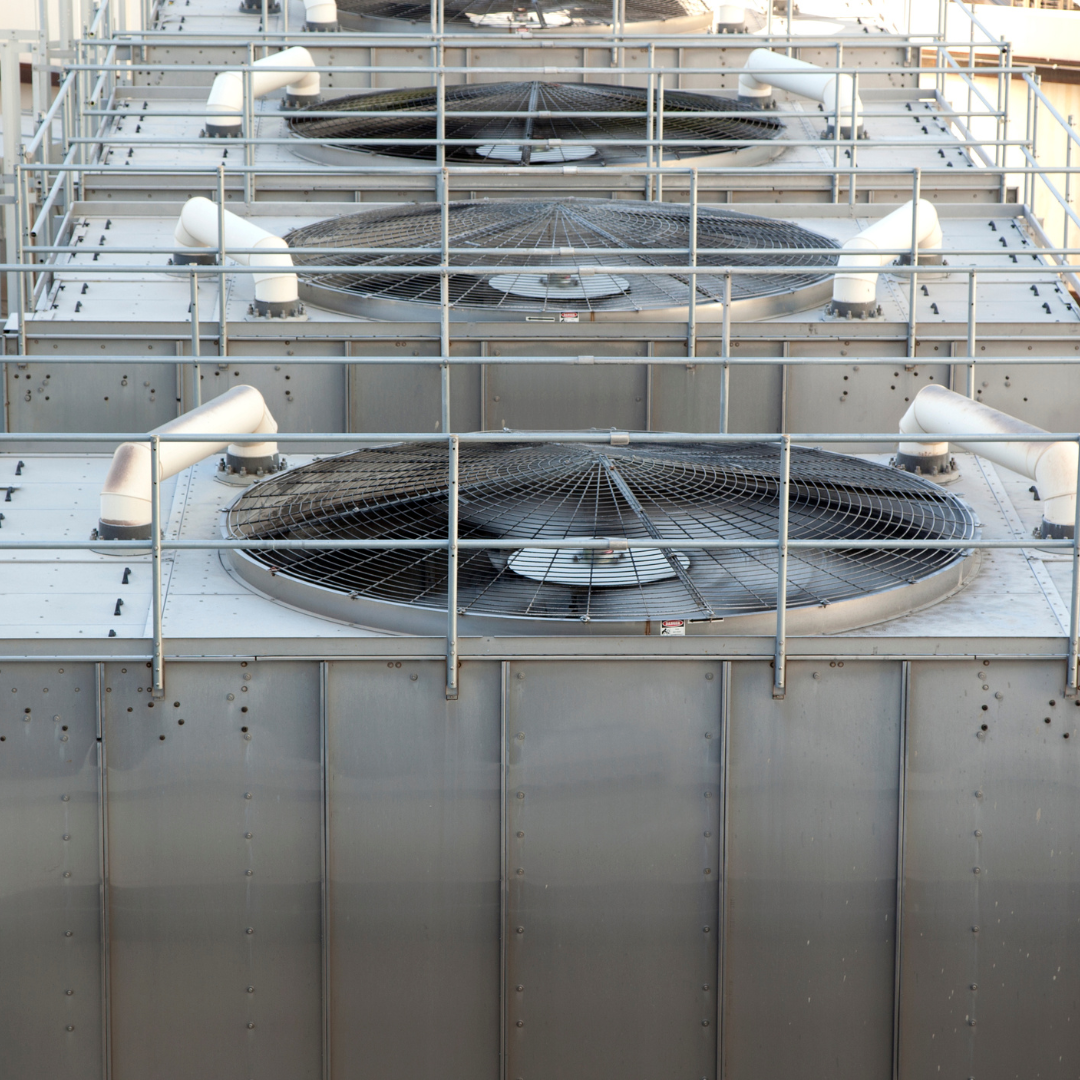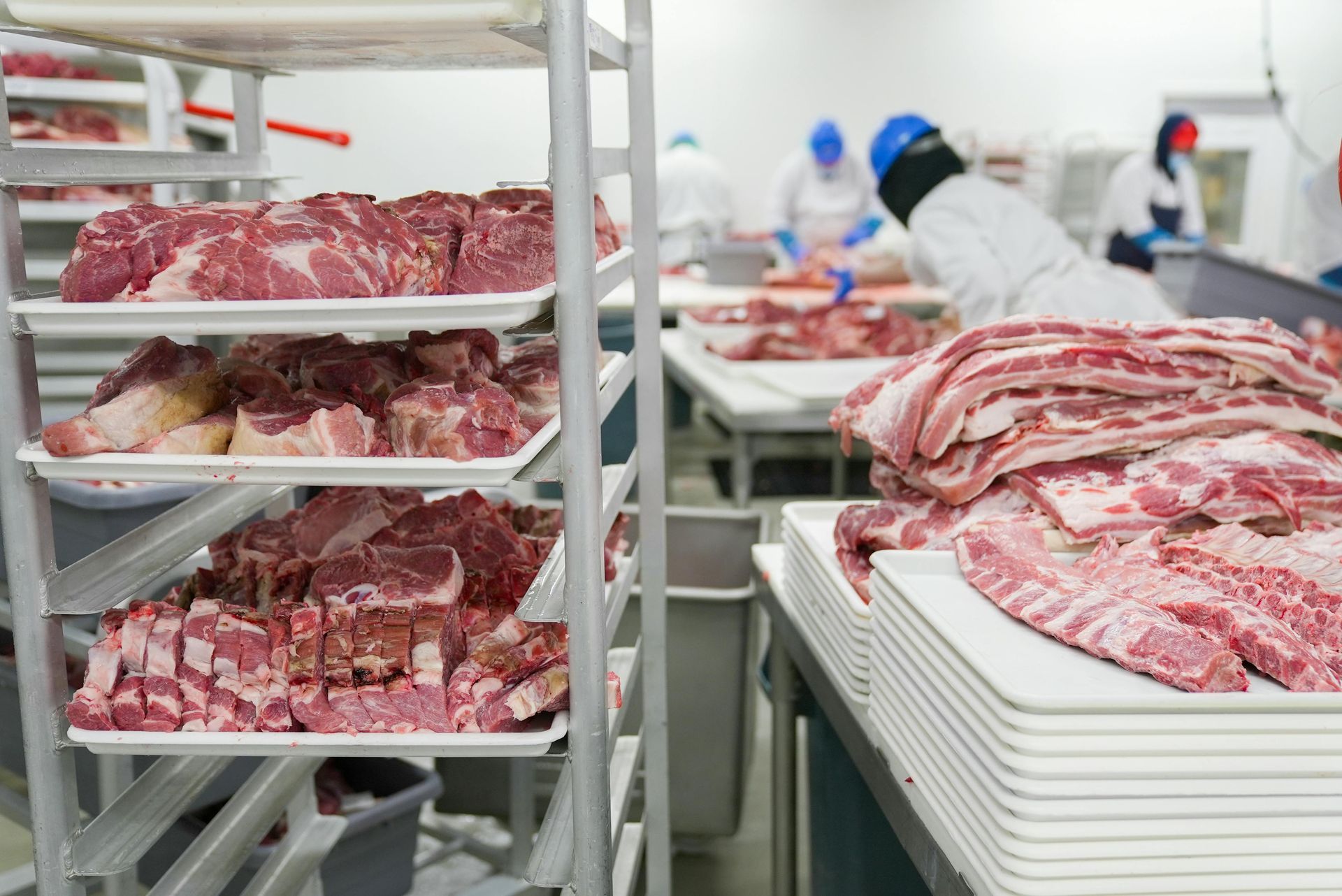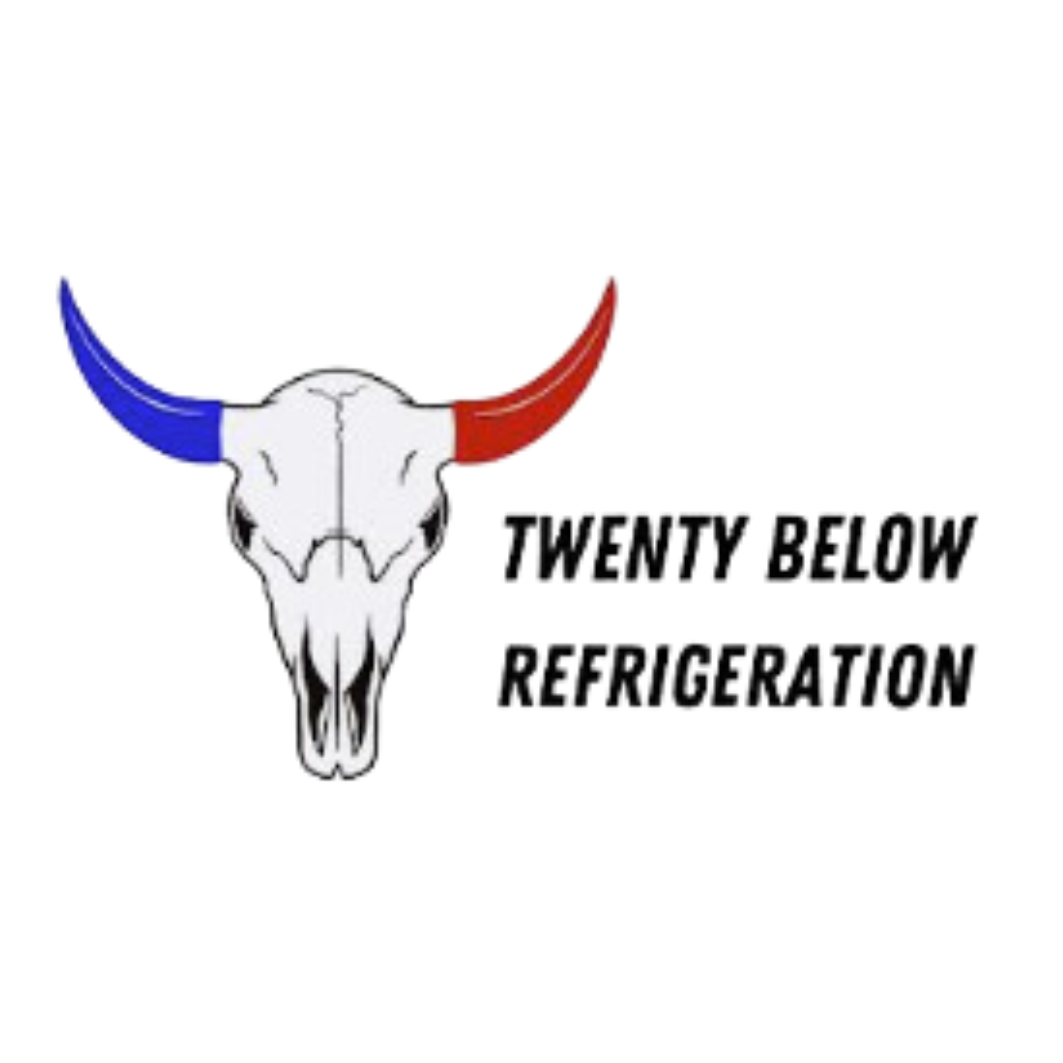Keeping Livestock Cool: The Role of Livestock Cooler Rooms in Animal Health and Performance
When the temperatures rise, it’s not just people who feel the heat — livestock are also at risk.
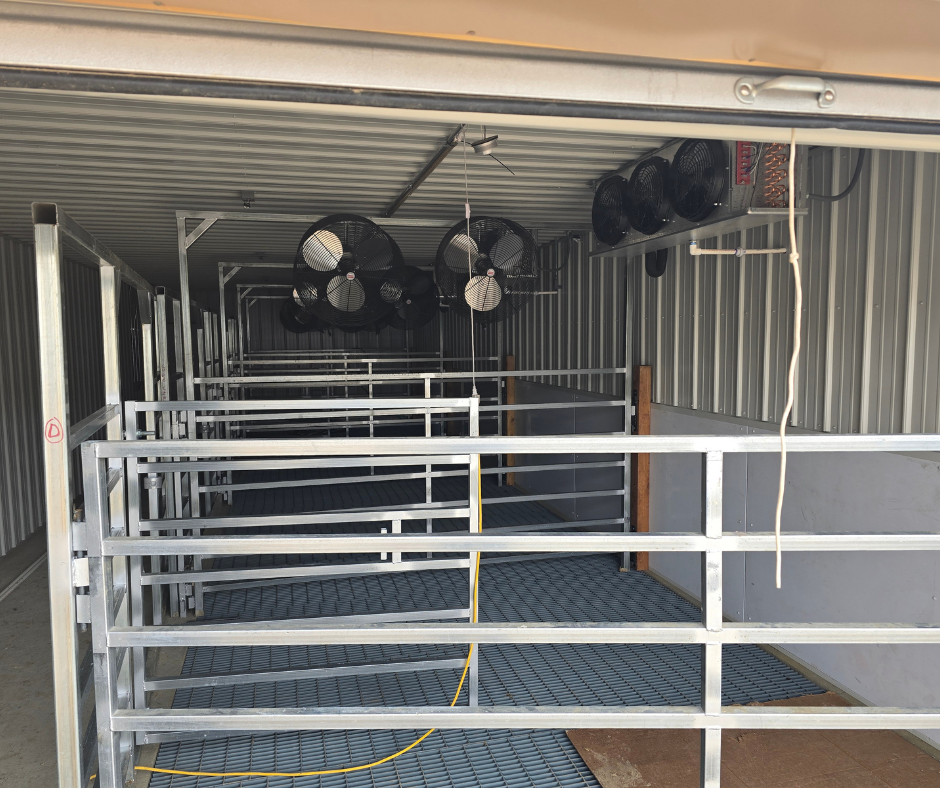
Heat stress can have serious consequences on animal health, comfort, and performance, especially in high-stakes environments like shows or during transport. That’s where livestock cooler rooms come in — specialized spaces designed to provide a cooler, more comfortable environment for animals during periods of extreme heat.
What Is a Livestock Cooler Room?
A livestock cooler room is a purpose-built structure that uses refrigeration, fans, or evaporative cooling systems to maintain a safe, cool environment for animals. These rooms are most commonly used for show cattle, but can also benefit dairy cows, swine, and poultry, especially during hot summer months or periods of transport.
Why They Matter: The Purpose of Livestock Cooler Rooms
Heat stress can lead to dehydration, reduced feed intake, lower productivity, and even death in severe cases. Cooler rooms help prevent these outcomes by:
- Reducing internal body temperature of livestock
- Improving animal comfort during travel or preparation for shows
- Supporting health and milk production in dairy animals
- Protecting performance animals from stress-related setbacks
By mitigating the risks of overheating, cooler rooms promote better animal welfare and keep livestock in top condition.
Key Features of a Livestock Cooler Room
Not all cooler rooms are created equal. High-quality systems include the following features:
1. Advanced Cooling Systems
Companies like Cool Calf and Farmer Boy offer a range of cooling solutions tailored to different livestock needs. These include:
- Refrigeration units
- High-capacity ventilation fans
- Evaporative cooling systems
2. Ventilation and Airflow
Proper airflow is crucial not just for comfort, but for health. Moisture buildup can lead to respiratory issues and mold growth, so adequate ventilation is a must.
3. Animal Safety Features
Cooler rooms often include:
- Emergency high-temperature releases
- Fresh air exchange systems
- Secure door systems that prevent accidental lock-ins
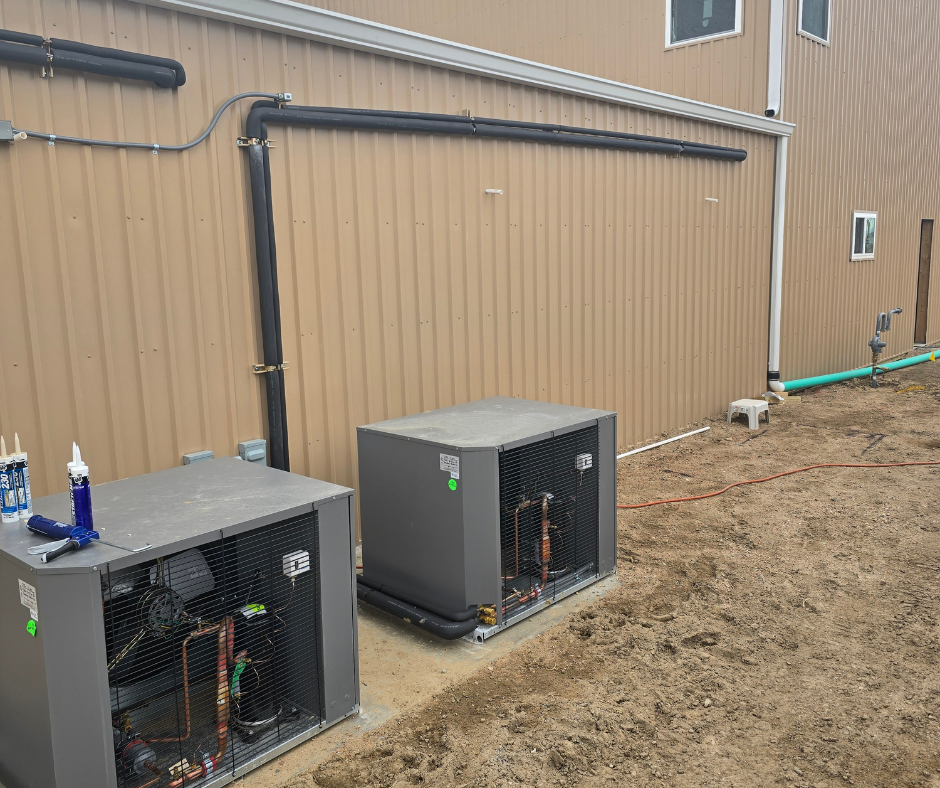
Who Uses Livestock Cooler Rooms?
Cooler rooms serve a variety of agricultural operations, including:
• Show Cattle Facilities
Show animals need to look and feel their best. Cooler rooms help maintain their coat condition, reduce stress, and support their overall show-day readiness.
• Dairy Farms
Dairy cows are particularly susceptible to heat stress, which can affect milk yield and fertility. Cooling systems are especially valuable during the early lactation period when cows are producing the most heat.
• Transport and Holding Areas
Transporting livestock to shows, sales, or markets? Cooler rooms help animals recover from or prepare for transport, reducing stress and risk of overheating.
• Swine and Poultry Operations
Farmers raising pigs or chickens in warm climates can also benefit from cooling technology.
Final Thoughts
As livestock management becomes more advanced, cooler rooms are emerging as a vital tool for ensuring animal welfare, maximizing performance, and reducing stress during heat exposure. Whether you’re raising show cattle or managing a poultry operation, investing in a livestock cooler room can make all the difference when the temperatures soar.
Looking for professional HVAC and refrigeration solutions to support your livestock?
Twenty Below Refrigeration installs custom cooler rooms and agricultural cooling systems across Colorado. Contact us today to learn more!
